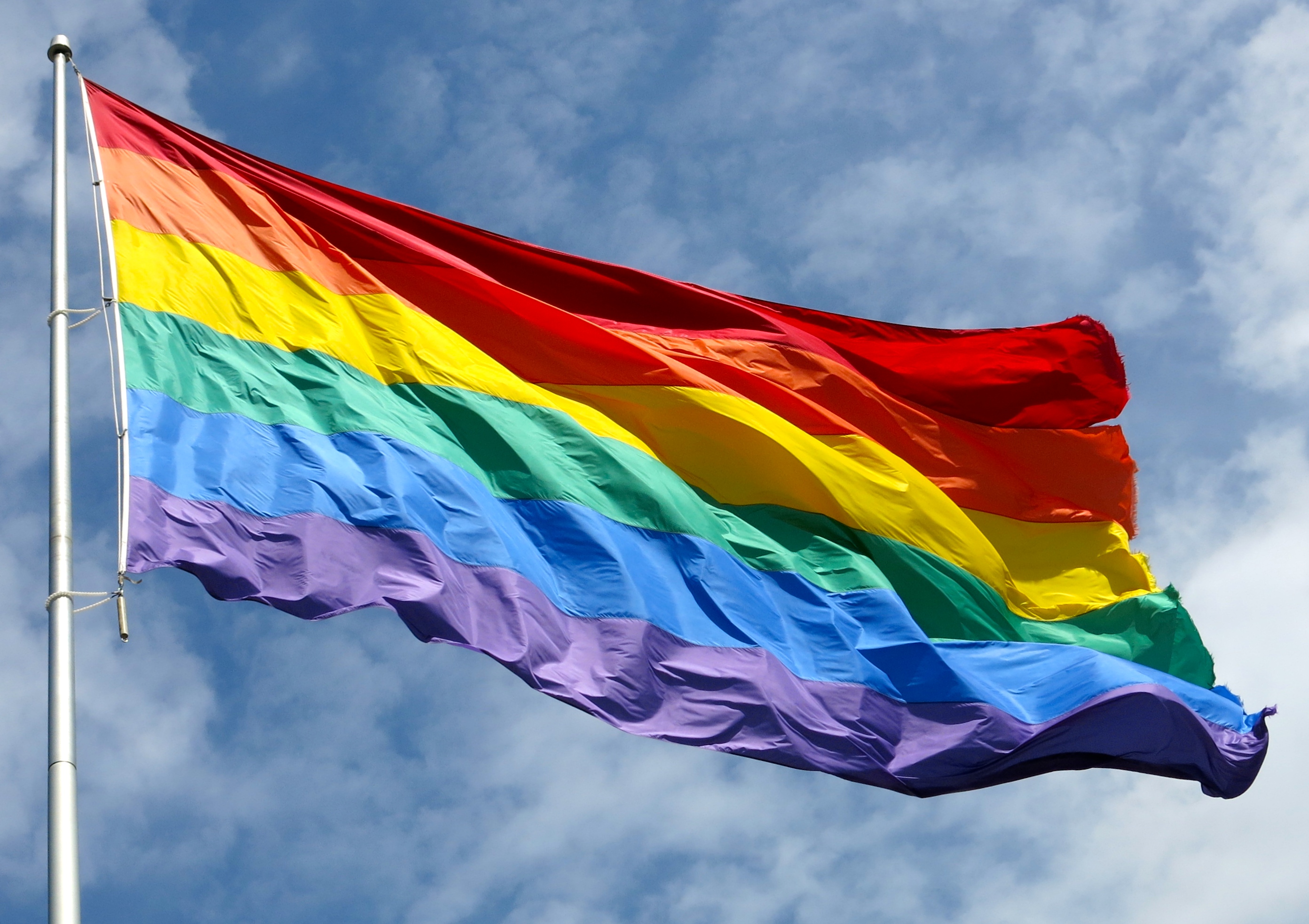
Whose stories are included and which communities are left out matters, and the Canadian Lesbian and Gay Archive recognizes this and is actively working to make changes. Being able to do my internship with the CLGA is an incredible experience, and I'm gaining exposure to so much that's widening my understanding of what the queer community entails, and how we can best capture and preserve the materials it creates.
The Canadian Lesbian and Gay Archives (CLGA) was established in 1973 by members of The Body Politic, which became its founding collection. The Archive has undergone several name changes over the years as its mandate has broadened, and is currently in the process of changing its name yet again to the ArQuives.
It collects a broad range of items, from periodicals, books in the James Fraser Library, personal papers and records from queer-focused organizations, photographs, posters, art, sound and video recordings, miscellaneous artifacts, and the vertical files collect other paper ephemera, such as notices, advertisements, and articles. The National Portrait Collection, founded in 1988, honours people who have made significant contributions to the queer community in Canada. (Nominations are open until 16 November 2018, if there's someone you think would be great!)
The history of queer activism has been diverse, but some stories have been under represented. This is something that has been recognized and discussed among academics in the community, such as the Call to Conversation: Two Spirit and Queer People of Colour Conference that took place at the University of Winnipeg 20-22 October 2017, where several people, including the current CLGA director Raegan Swanson, addressed the need for greater inclusion in archival collections.
As a passive collecting archive, the CLGA has an overrepresentation of material from white gay men. However, in recent years the archive has begun to actively seek out more materials that better reflect the full spectrum of the communities it represents, as well as exhibiting them, such as with Desh Pardesh, a South Asian arts festival that ran from 1988 and 2001 and the CLGA spotlight on Gendertrash, a zine that focused on trans issues and ran from 1993-1995.
In cataloguing items, the CLGA, like many other queer archives (including the wonderful Digital Transgender Archive), uses the Homosaurus as a resources to define the terms it uses. Unfortunately, it is bound by the limitations noted above, in that it largely captures a certain queer experience and omits others -- not by malice, but likely from lack of familiarity.
As a result, there's a lot missing. For example, the word "queer" itself does not have its own entry, and only exists in reference to queer theory. Neither "genderqueer," which only appears as a synonym "gender minority" and "gender identity." "Nonbinary" and "asexual" don't appear at all. There are gaps in representation. There's no entry for "third sex," but hijras are represented. "Bakla," "bissu," and "fa'afafine" aren't included, but "Two Spirit" is.
Working towards a more inclusive archive is an important goal, and I'm excited to be even a small part of that.
